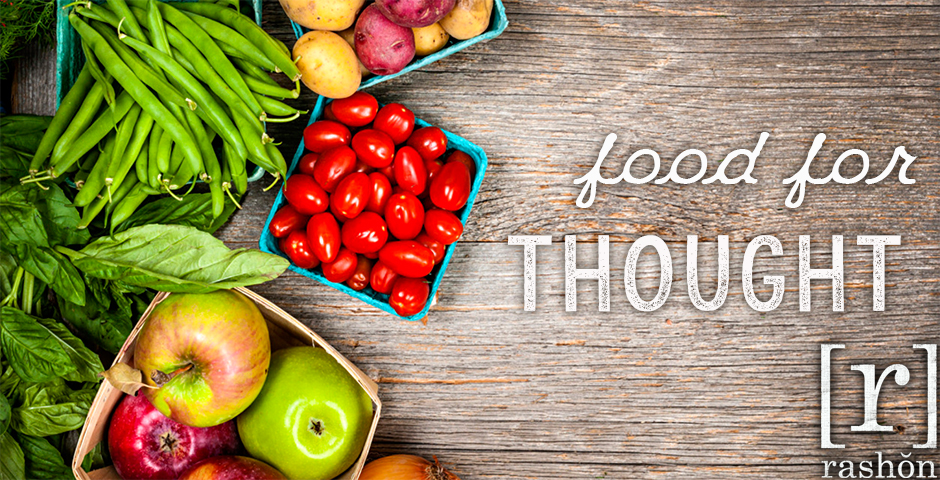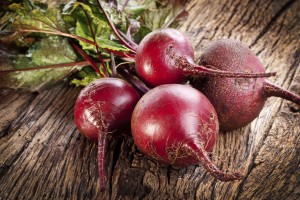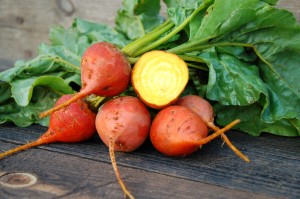As we head into the fall season, I start craving root vegetables. Here in Texas, we still have a few months of warmer weather, but a girl can dream of sweaters, cozy fires and comfort food. Roasted root veggies and squash (acorn and butternut are my favorites!) are some of my favorite fall and winter foods.
Beets, and their greens, are packed with nutrients, and are easy to prepare and add to dishes. While the most well-known variety have a reddish-purple hue, there are also golden and white beets. Beet greens are high in calcium, iron, vitamins A and C, magnesium, phosphorus, iron and vitamin B6. Beetroots are an excellent source of folic acid, fiber, manganese and potassium.
Beets have been used for medicinal purposes for thousands of years. Here are some of the reasons beets are a superfood:
- They may help lower blood pressure. One study in particular showed that drinking a glass of beet juice lowered systolic blood pressure by 4-5 points. This is most likely due to the high content of dietary nitrates in beets and beet greens. Dietary nitrates are converted to nitric oxide in the body, which helps to open blood vessels, increase blood flow to the brain, and reduces blood pressure and inflammation.
- They help with liver detoxification. In Phase 2 of liver detoxification, toxins are broken down and bound to other molecules so they can be removed as waste from your body. As you can imagine, this is vitally important for overall health. The high betalin pigments found in beets support Phase 2 detoxification. Traditionally, beets have been used for liver detox, and to help purify the blood.
- They have major anti-cancer properties. Betacyanin, the pigment that gives beets their rich, dark color, is a powerful cancer-fighting agent. Their high fiber content, along with betacyanin, is probably responsible for the protective role of beets in colon cancer. In those with stomach cancer, beet juice has been shown to inhibit nitrosamine production, which causes cell mutations. Beet juice is being studied for use in the treatment of pancreatic, breast and prostate cancers.
- They fight inflammation. Beets are a good source of betaine, which is a nutrient that helps protect cells, proteins, and enzymes from environmental stress. It’s also known to help fight inflammation, protect internal organs, improve vascular risk factors, enhance performance, and likely help prevent numerous chronic diseases.
- They are high in fiber. Due to their high fiber content, beets have been shown to help improve digestive function and lower cholesterol levels. Beet fiber has also been shown to increase antioxidant enzymes, meaning it packs a punch when it comes to fighting inflammation and free radicals in the body.
How to Incorporate: Beets
- Beets can be peeled, cut up and roasted. You can boil them whole, and then peel the skin off and chop or slice before eating. Many stores also carry pre-cooked beets (just read labels and check for any added ingredients) and frozen, cooked beets. Beets can also be eaten raw, although they will be very crunchy.
- Add beets and their greens into salads.
- Shred raw beets and incorporate them into a slaw.
- Roast beets with parsnips, turnips and butternut squash for a delicious fall-inspired side dish.
- Marinate beets in your favorite vinaigrette to brighten up a salad or other veggies. Be aware that everything beets marinate with will turn reddish purple, so consider adding them in just before serving.
- Borscht, or beet soup, is an easy, delicious way to get your beets.
- Mix beet greens in with your favorite salad greens.
- Sauté beet greens with shallot and garlic for a delicious side dish.
- If you are feeling particularly adventurous, you could try fermenting your own beet sauerkraut (or just buy some!) for an extra dose of probiotics.
- You can juice beets or blend into smoothies.
As a side note, beets are high in carbohydrates. If you are diabetic, or blood sugar regulation is a concern for you, it’s important to not go overboard with beets at any one meal. (Note: Some people may need to avoid them altogether.) Eating one-half cup to one cup as part of a balanced meal that contains plenty of clean protein, healthy fats and other non-starchy vegetables is a good rule of thumb.
My Favorite Beet Salad (serves 2-3)
5-6 cups greens (beet greens, spinach, kale, arugula, spring mix)
2-3 beets cooked and sliced
1/4 cup chopped raw walnuts or pumpkin seeds
1/4 cup crumbled goat cheese (optional)
1/4 cup Tessemae’s Balsamic Vinaigrette (or dressing of choice)
Choose your favorite protein – beef, chicken and pork are all delicious with this salad.
How will you be incorporating beets into your diet?







0 Comment